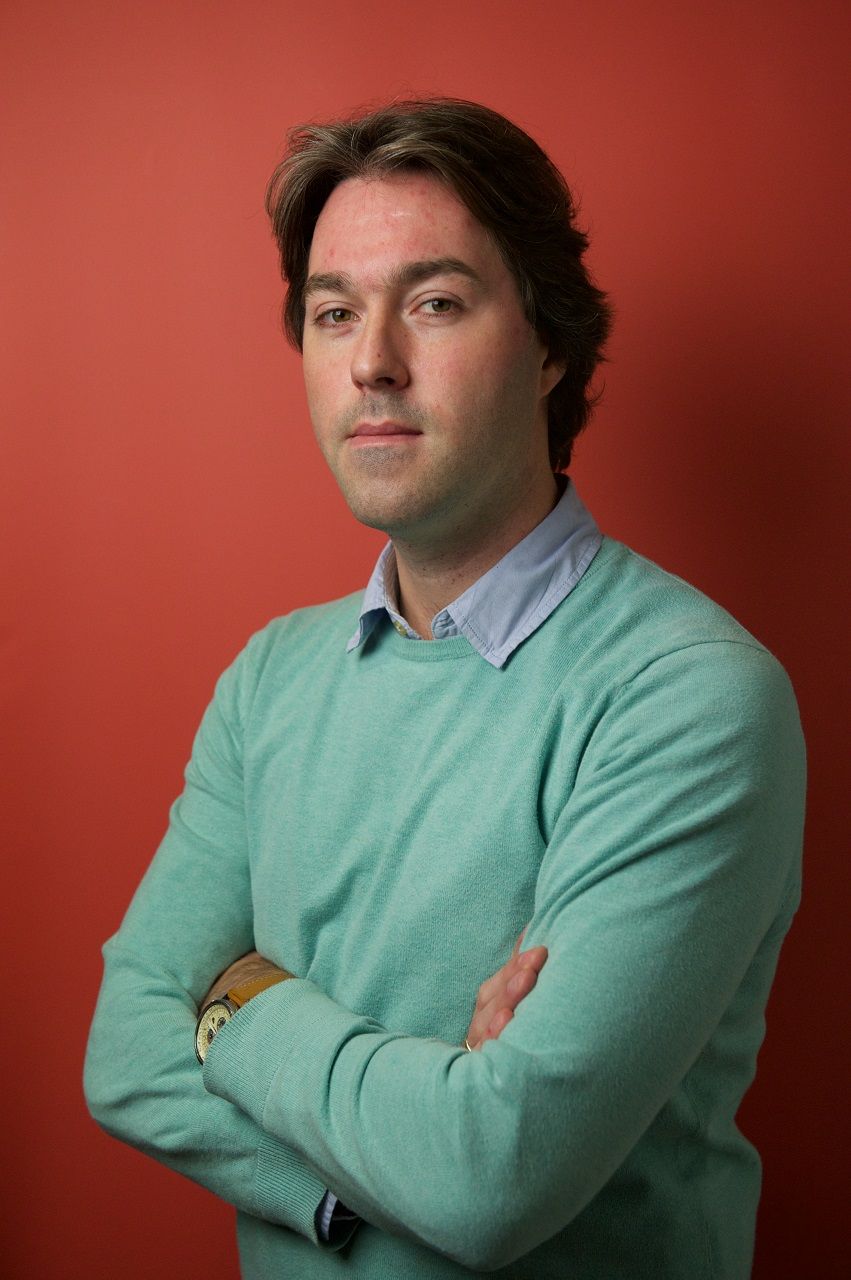
Plasma Proteins and Research Facilities
Introduction
Hemostasis is achieved by a delicate triadic interplay between the vessel wall, blood platelets and coagulation factors. During the last decade, important mechanisms by which platelets and coagulation factors interact with the vasculature have been elucidated. These have deepened our understanding on i) how platelet plug formation on the surface of endothelial cells is achieved (primary hemostasis) ii) how the platelet membrane serves as a catalytic scaffold to assemble activated coagulation proteins into large macromolecular complexes iii) how mechanical information in the form of tissue injury is transferred into cellular responses that initiate wound repair, and iv) how coagulation proteins are cleared from the circulation.
It has been increasingly appreciated that binding to cellular components is an essential aspect of hemostasis. The aim of my present research is therefore to gain fundamental insight in critical interactions between blood coagulation factors and cellular components in order to develop rational approaches for the design of coagulation factors with an improved function and to identify potential novel targets for therapeutic intervention of hemostatic disorders. In my research I develop mass spectrometry-based approaches to address the following subtopics 1) Structure-function relationship and flow-induced conformational changes in coagulation proteins and cellular receptors 2) Coagulation-induced signaling in primary and secondary hemostasis and 3) Differomics of blood cell generation.
Funding
PPOC (internal funding in competition) various projects, LSBR, Collaboration with Utrecht University



